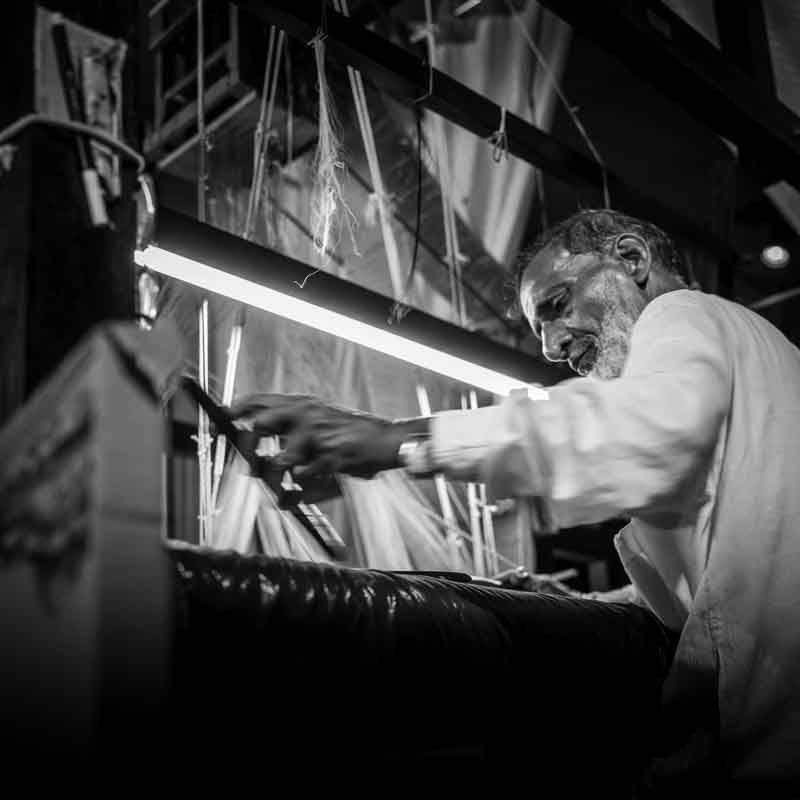Kashi Vishwanath: The Eternal Light of Shiva
To speak of Banaras is to invoke the divine, and at its heart stands the Kashi Vishwanath Temple—one of the twelve sacred Jyotirlingas and a beacon of faith, resilience, and continuity. For centuries, its golden spire has shimmered over the city’s labyrinthine lanes, drawing millions into its embrace. Among India’s twelve Jyotirlingas, Kashi Vishwanath occupies a unique, almost celestial, stature. If Somnath speaks of resilience and Rameshwaram of penance, Kashi is moksha itself—the city where Shiva whispers the Tarak Mantra into the ears of the departing soul.

The Twelve Jyotirlingas
Jyotirlingas are self-manifested representations of Lord Shiva, believed to radiate his divine light, or "jyoti." They are distinct from other Shiva shrines because they are not established through rituals but are said to have emerged on their own. The number twelve holds profound cosmic and spiritual symbolism in Hindu tradition, representing completeness and divine order. It is believed that these twelve Jyotirlingas were revealed at different locations to uphold the spiritual balance of the universe, ensuring Shiva’s omnipresence across the land. They are:
- Somnath (Veraval, Gujarat)
- Mallikarjuna (Srisailam, Andhra Pradesh)
- Mahakaleshwar (Ujjain, Madhya Pradesh)
- Omkareshwar (Khandwa, Madhya Pradesh)
- Kedarnath (Rudraprayag, Uttarakhand)
- Bhimashankar (Pune, Maharashtra)
- Kashi Vishwanath (Varanasi, Uttar Pradesh)
- Trimbakeshwar (Nashik, Maharashtra)
- Vaidyanath (Deoghar, Jharkhand)
- Nageshwar (Dwarka, Gujarat)
- Rameshwaram (Ramanathapuram, Tamil Nadu)
- Grishneshwar (Aurangabad, Maharashtra)
Amongst the above, Kashi stands apart—not just as a Jyotirlinga but as the very center of cosmic energy. Devotees believe that while each Jyotirlinga holds immense spiritual power and significance, Vishwanath remains ever-radiant, for Kashi itself is imperishable.
Kashi Vishwanath attracts the highest number of devotees among all Jyotirlingas—an estimated 70 million annually, surpassing even Vaishno Devi. The temple’s proximity to the holy Ganges, the promise of liberation, and the sheer magnetism of Banaras contribute to this unparalleled footfall. Pilgrims, saints, and seekers throng its precincts, jostling for a glimpse of the lingam, seeking blessings for lifetimes to come.
The Temple’s Tumultuous Journey
The Kashi Vishwanath Temple's history is a testament to resilience and unwavering devotion, marked by cycles of destruction and reconstruction.
Origins and Early Destruction
The original temple, known as the Adi Vishveshwar Temple, is believed to have been destroyed in 1194 CE during the invasion led by Qutb al-Din Aibak, a general of Muhammad Ghori. This event marked the beginning of a series of devastations the temple would endure.
Rebuildings and Subsequent Demolitions
In the late 13th century, a Gujarati merchant financed the temple's reconstruction. However, it faced destruction again during the reigns of Hussain Shah Sharqi (1447–1458) and Sikandar Lodi (1489–1517). The temple saw another revival in 1585 under the patronage of Raja Todar Mal, a minister in Emperor Akbar's court.
Aurangzeb’s Demolition and the Gyanvapi Mosque
The most significant destruction occurred in 1669 CE when Emperor Aurangzeb ordered the temple’s demolition, replacing it with the Gyanvapi Mosque. Remnants of the original temple are still visible in the mosque’s foundation and rear structure.
Modern Reconstruction
The present temple structure was commissioned by Maharani Ahilyabai Holkar of Indore in 1780, built adjacent to the mosque. In 1839, Maharaja Ranjit Singh of Punjab donated one ton of gold to gild the temple’s dome, enhancing its grandeur.
This enduring cycle of destruction and rebirth underscores the profound spiritual significance of the Kashi Vishwanath Temple and the steadfast faith of its devotees.
The Kashi Vishwanath Corridor: A New Dawn
In 2021, Prime Minister Narendra Modi unveiled the Kashi Vishwanath Corridor, a transformative project that redefined the pilgrimage experience. The once-congested pathways leading to the temple were widened, and the ghats were connected, allowing an uninterrupted darshan for devotees. With intricate carvings, restored heritage structures, and modern amenities, the corridor is a bridge between Kashi’s past and future—an ambitious vision bringing order to chaos, yet retaining the temple’s soul.
Shiva and Kashi: The Eternal Bond
Shiva’s presence in Kashi is not just symbolic—it is foundational. It is believed that the city rests on his Trishul, making it indestructible, untouched by the passage of time or the forces of destruction. This belief reinforces the idea that Kashi exists beyond the constraints of mortal existence, standing as an eternal beacon of devotion and liberation. As an ascetic, Shiva embodies detachment, yet his abode in the bustling city of Banaras signifies his ever-accessible grace. The moon on his hair represents the cyclical nature of time, while the Ganges flowing from his locks signifies the purification of the soul. His third eye is the ultimate destroyer of ignorance, symbolizing wisdom and transcendence.
Shiva is called Swayambhu because he is self-born, existing beyond creation and destruction. As Bholenath, he represents infinite compassion, granting blessings freely to all who seek him. The name Neelkanth comes from his act of consuming the deadly Halahala poison during the churning of the ocean, saving the cosmos while retaining the poison in his throat, which turned blue. Devotees offer milk and water to Shiva as a mark of purification and devotion, with milk symbolizing nourishment and cooling his fiery form, and water from the Ganges believed to purify the soul and please the divine.
Maha Shivaratri is celebrated here with unmatched fervor, as devotees undertake a night-long vigil, pouring milk and Ganga water over the Jyotirlinga, lost in the hypnotic rhythm of Shiva bhajans. Maisane ki Holi, an unconventional celebration in Kashi, takes place at Manikarnika Shamshan, where bodies are cremated. Here, Holi is played not with colors but with sacred ashes, embodying Shiva’s renunciation and asceticism. Devotees smear themselves with ash, symbolizing the transient nature of life and the ultimate dissolution into the divine.
The Loom and the Lingam
Just as the faithful seek blessings at Vishwanath, connoisseurs of craft find themselves drawn to the looms of Banaras, where centuries of artistry continue to thrive. The rhythmic clatter of the handloom echoes the chants of the temple, both weaving something timeless. Shiva’s presence has made Kashi a magnet for pilgrims for centuries, fueling the growth of trade, culture, and craftsmanship. This spiritual and commercial synergy nurtured the handloom industry, making Banaras synonymous with exquisite textiles. Visitors must experience this legacy firsthand at HolyWeaves studio, where weaving is an aesthetic expression of devotion to the craft—each creation an echo of Banaras’s enduring soul, much like the reverence that sustains Vishwanath.
If you liked our post, and would like to see more such original content, please do leave a comment before leaving.
















Leave a comment
This site is protected by hCaptcha and the hCaptcha Privacy Policy and Terms of Service apply.